Broward College Promise Neighborhoods 2024 Annual Performance Report Data
Understanding GPRA: Assessing Progress and Data Collection
The Government Performance and Results Act (GPRA) plays a crucial role in evaluating the effectiveness of various initiatives. As part of the Department’s assessment process, GPRA indicators are used to measure progress comprehensively. For organizations implementing Promise Neighborhood grants, consistent and uniform data collection is essential. Below are the most recent and available GPRA data for the Broward College Promise Neighborhood.
Key Points about GPRA Indicators:
- Purpose: GPRA indicators serve as yardsticks for evaluating the overall impact of initiatives. They help gauge progress and identify areas for improvement.
- Data Collection Frequency: Each GPRA indicator has a specified frequency for data collection. Grantees should adhere to these timelines to ensure accurate and timely reporting. Within this report annual samplings are displayed.
- Precise Definitions: To facilitate measurement and tracking, each GPRA indicator is precisely defined. This clarity ensures that Promise Neighborhoods understand what specific aspects need to be assessed.
- Enhanced Definitions: In some cases, the GPRA definition provides more detail than what was initially outlined in the Promise Neighborhood implementation notice. Additionally, revisions may occur to refine the original definition.
Remember, consistent data collection and a clear understanding of GPRA indicators are essential for successful program evaluation. By adhering to these guidelines, Promise Neighborhoods can effectively measure their impact and drive positive change.
GPRA 1.a: Kindergarten Readiness
Definition: The number and percentage of BUP-PN target school students who demonstrate at the beginning of the school year age-appropriate functioning across early childhood literacy and mathematics as determined using the statewide, standardized kindergarten readiness assessment.
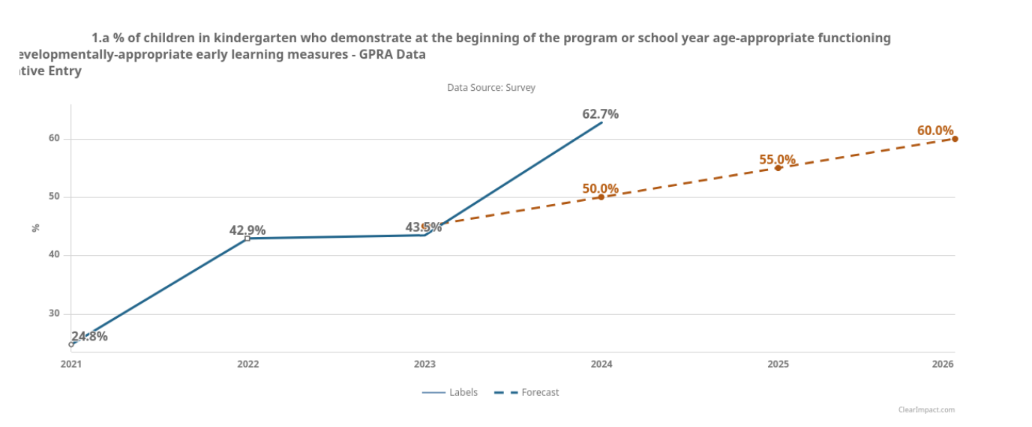
GPRA 1.b: Kindergarten Readiness
Definition. The number and percentage of BUP-PN target school students who demonstrate at the beginning of the school year age-appropriate functioning across early childhood literacy and mathematics as determined using the statewide, standardized kindergarten readiness assessment.
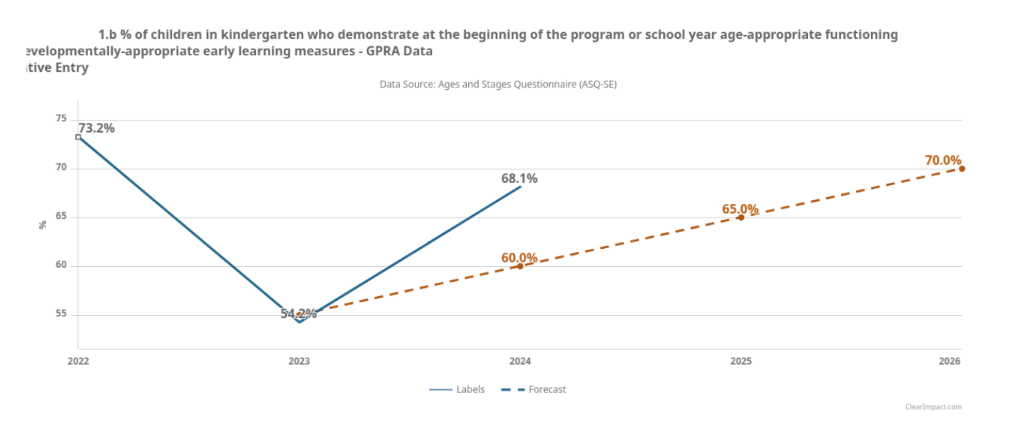
GPRA 2.1: Grade-level Mathematics
Definition: The number and percentage of BUP-PN target school students scoring at or above grade level according to State mathematics assessments in grades 3 through 8 and once in high school. The Algebra 1 end-of-course exam will serve as the State mathematics assessment for high school students taken in Grades 9 or 10.
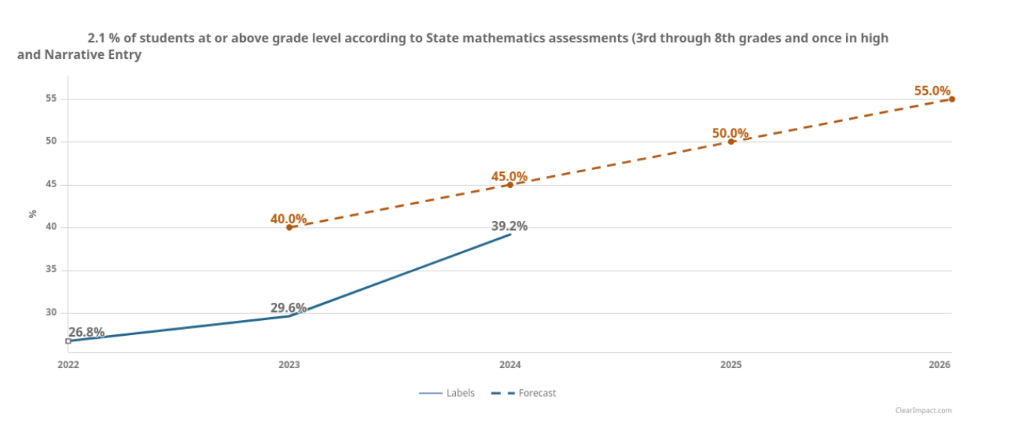
GPRA 2.2: English Language Arts Proficiency
Definition: The number and percentage of BUP-PN target school students scoring at or
above grade level according to State ELA assessments in Grades 3 – 8 and 10.
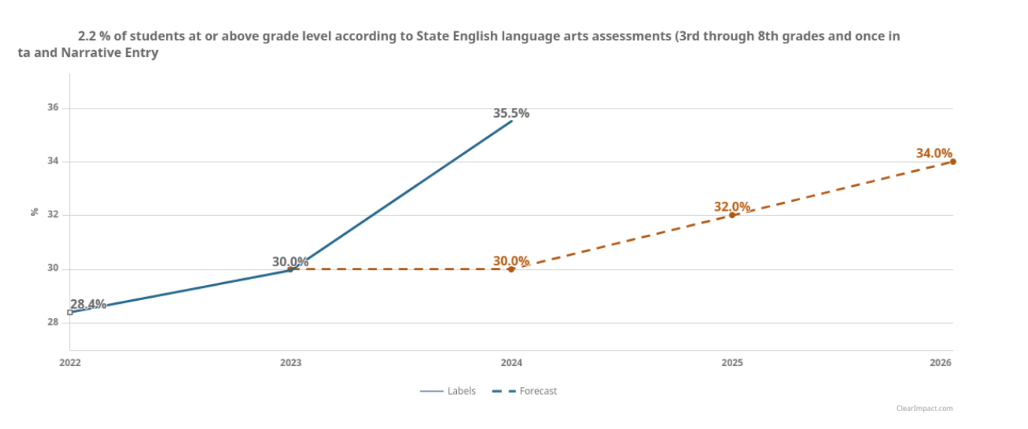
GPRA 3.1: Students successfully transition from middle school grades to high school
Definition: The average daily attendance (ADA) rate (%) for BUP-PN tm rates for 6th, 7th, 8th, and 9th grades in each of the target Promise Neighborhood schools.
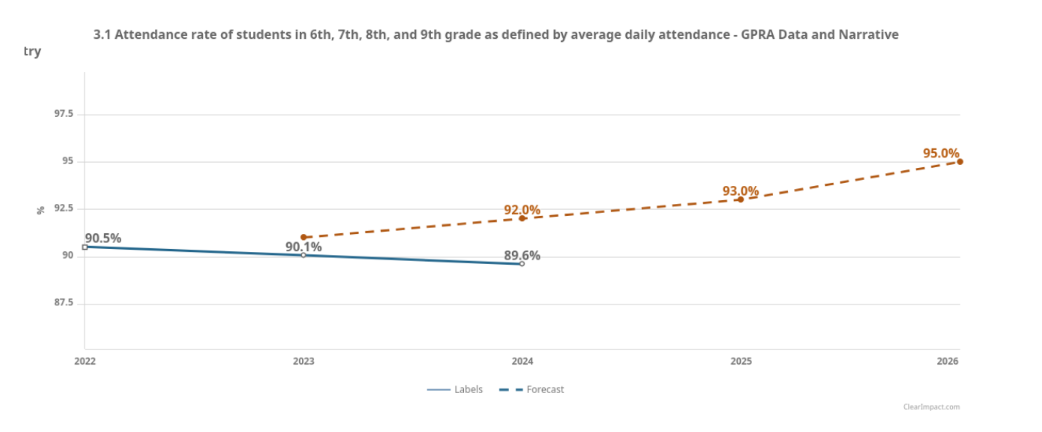
GPRA 3.2: Chronic absenteeism rate of BUP-PN target school students in Grades 6 – 9
Definition. The number and percentage of BUP-PN target school students in Grades 6 – 9 who are absent for 10% or more of the days enrolled at the school.
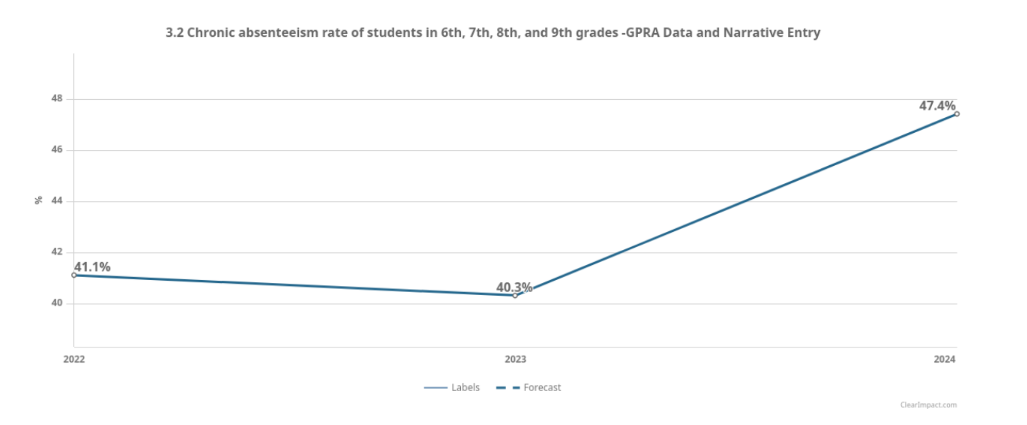
Not Available
GPRA 5.1:
Definition: The number and percentage of BUP-PN target high school graduates who enroll in a two-year or four-year college or university within 16 months after high school graduation.
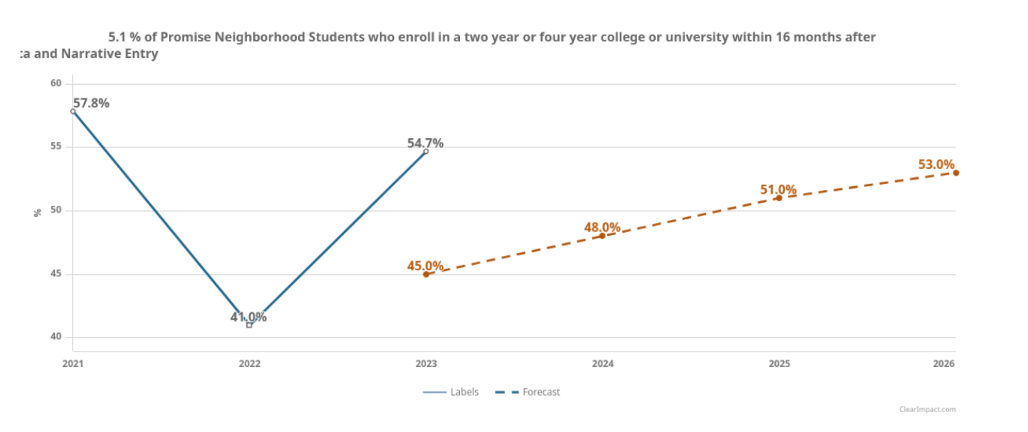
Not Available
GPRA 7: Student perceptions of safety at school and traveling to/from school
Definition. The number and percentage of BUP-PN target school students in Grades 6 – 12 who feel safe at school and traveling to and from school, as measured by a school climate survey.
7.a % of students who feel safe at school
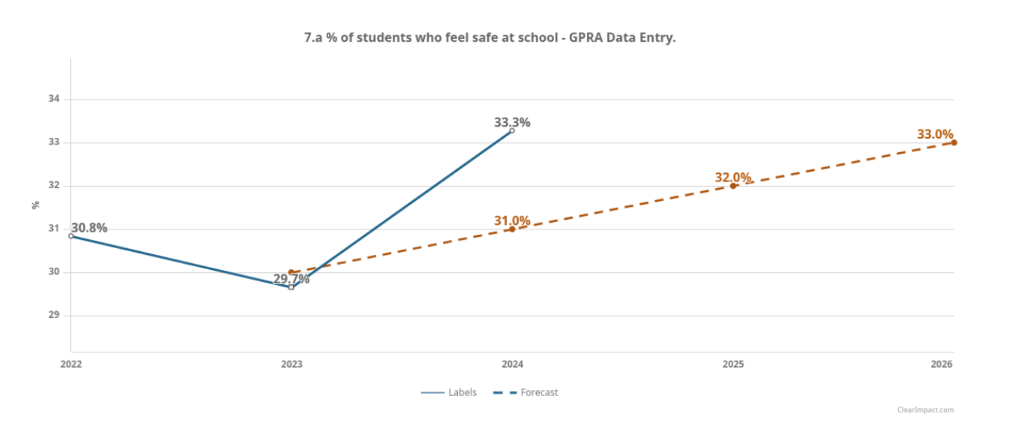
7.b % of students who feel safe traveling to and from school
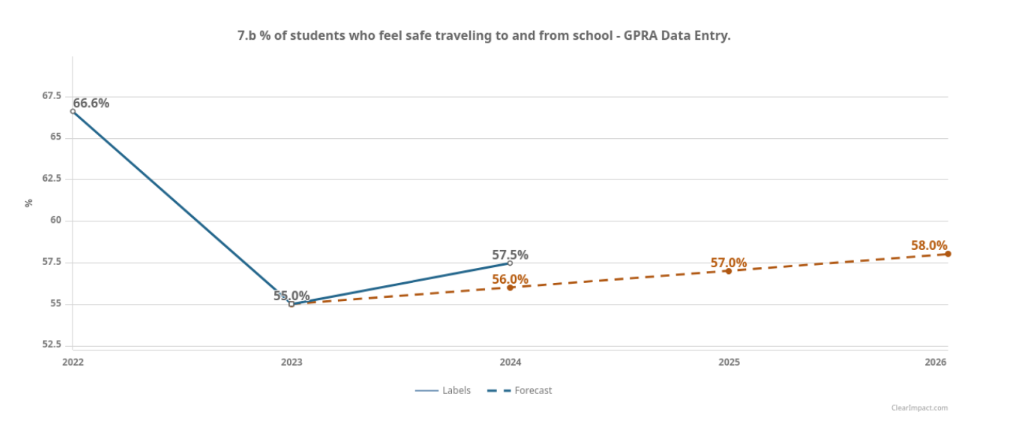
7.c % of students who feel safe at school and traveling to and from school
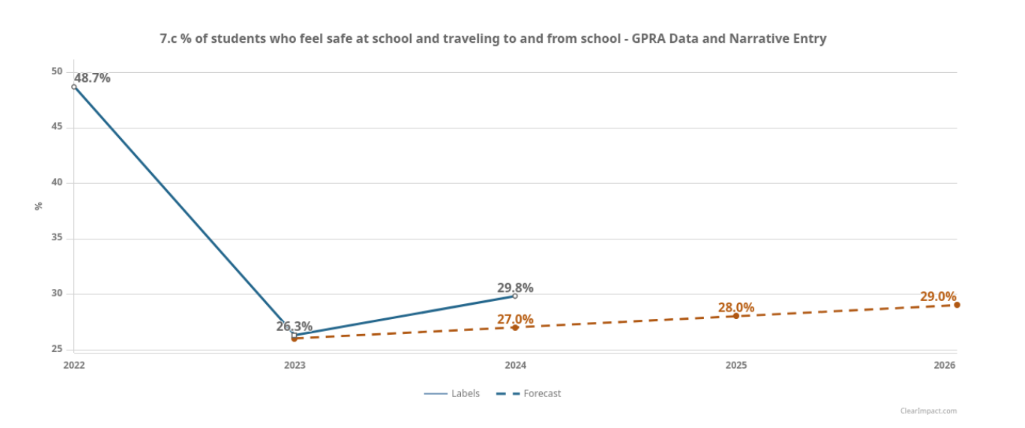
GPRA 8: Student mobility rate
Definition: The total number and percentage of BUP-PN target school student entries and withdrawals
from the first day of official enrollment until the end of the academic year, divided by the
total number of days students were in membership at the school.

Not Available
10.a % of students who have only home access to broadband internet and a connected computing
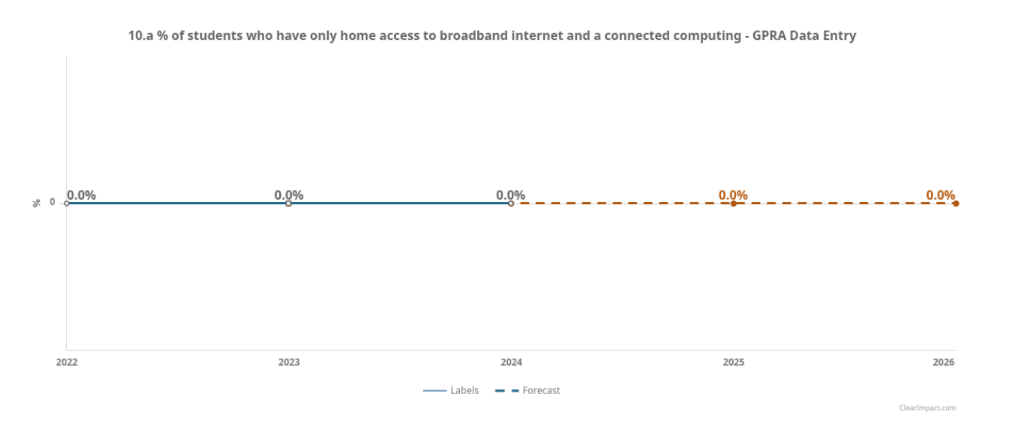
10.b % of students who have only school access to broadband internet and a connected computing
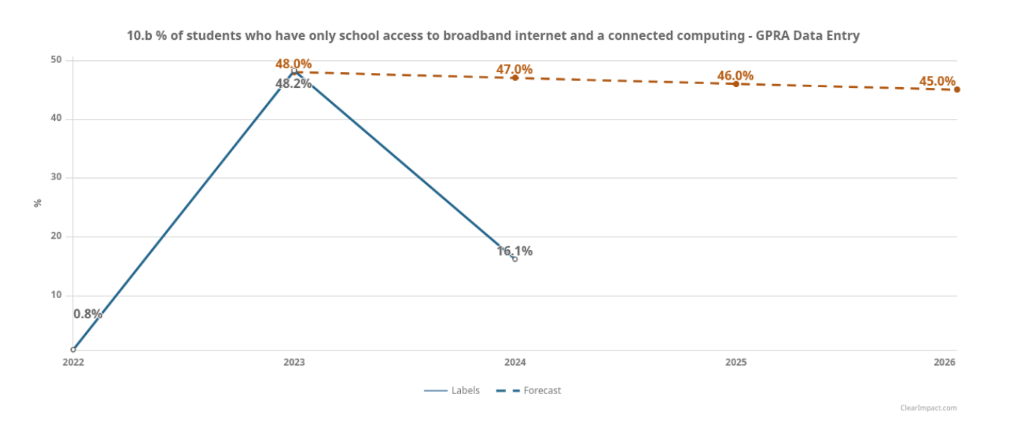
10.c. % of students who have school and home access to broadband internet and a connected computing
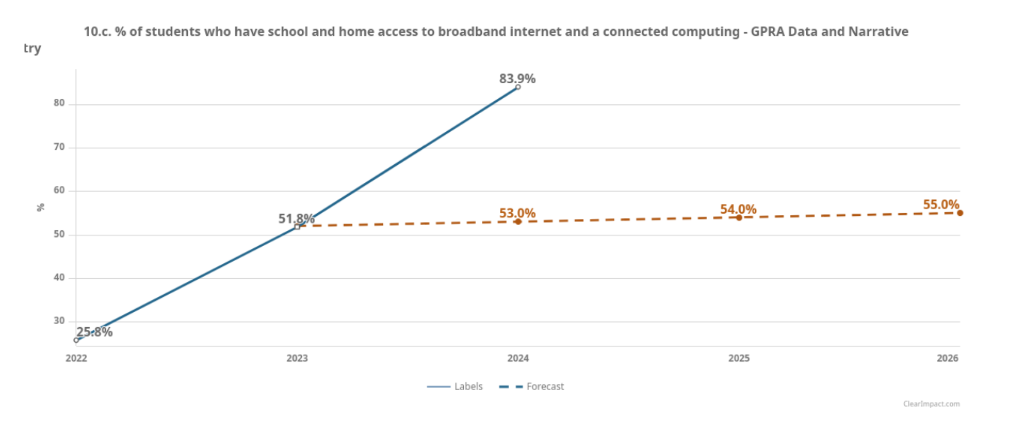
10.d % of students without access to the internet at home or school
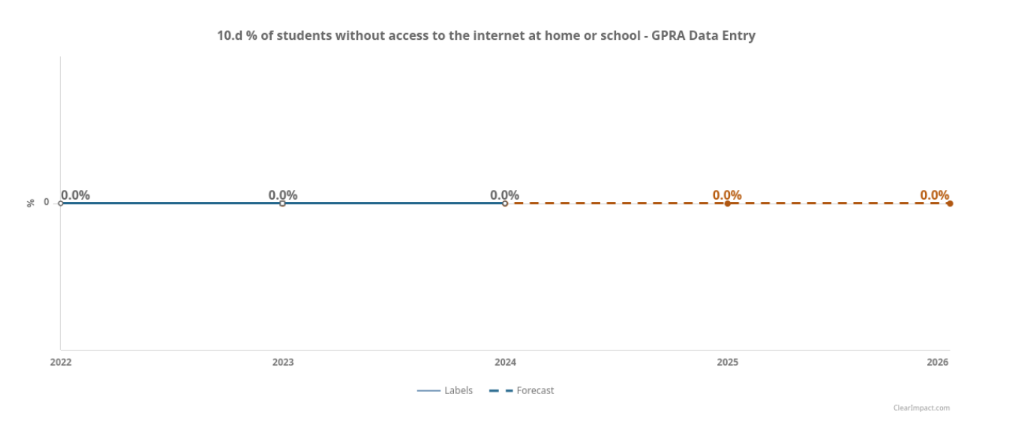
Not Available
Not Available
Not Available
Broward College Promise Neighborhoods
954-201-7054
www.broward.edu/promise
promiseneighborhoods@broward.edu
The Broward College Promise Neighborhoods are supported, in part, by the U.S. Department of Education grant award # S215N210041-22.